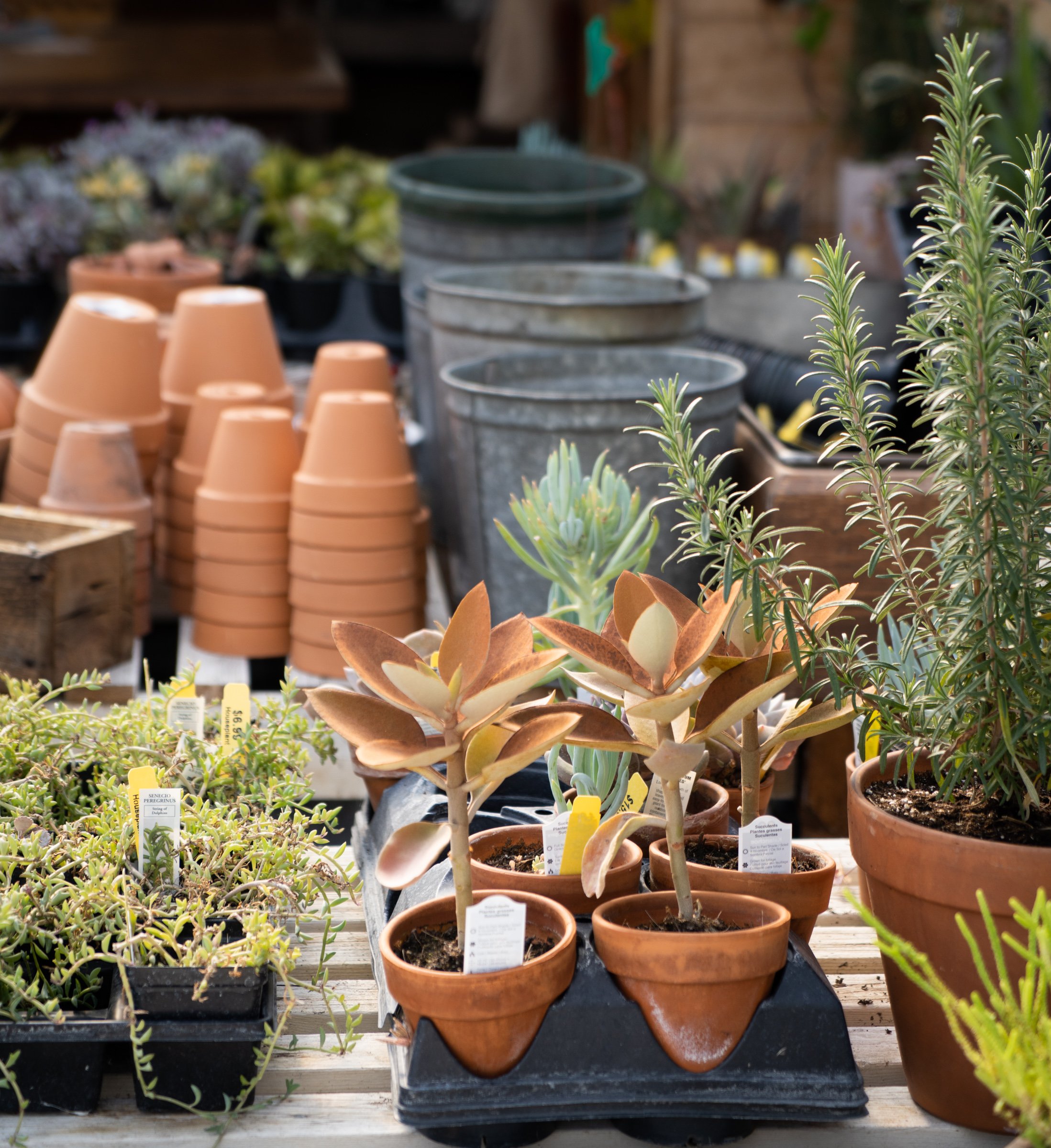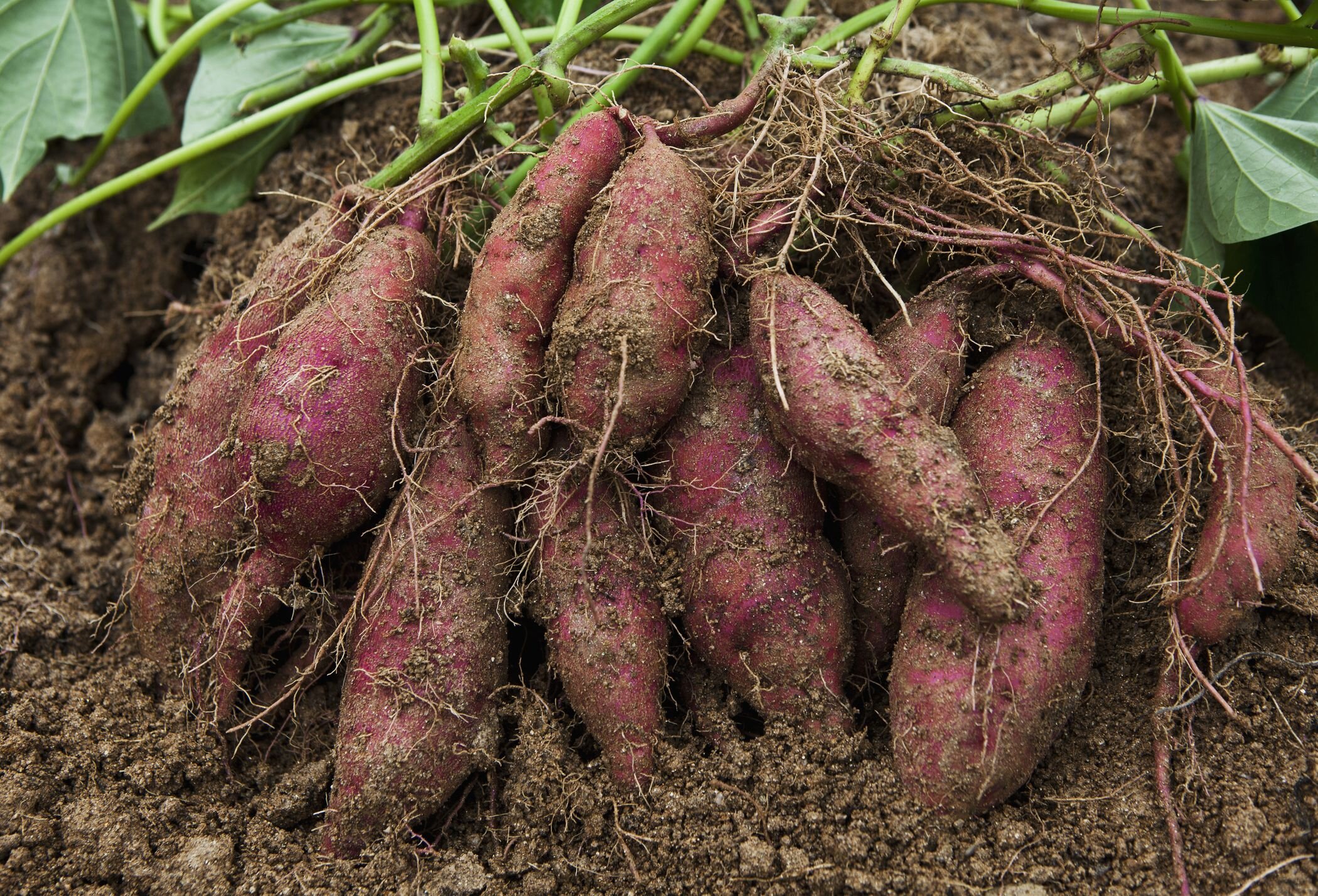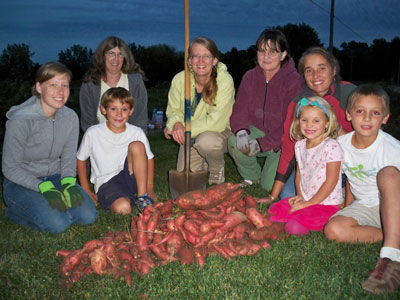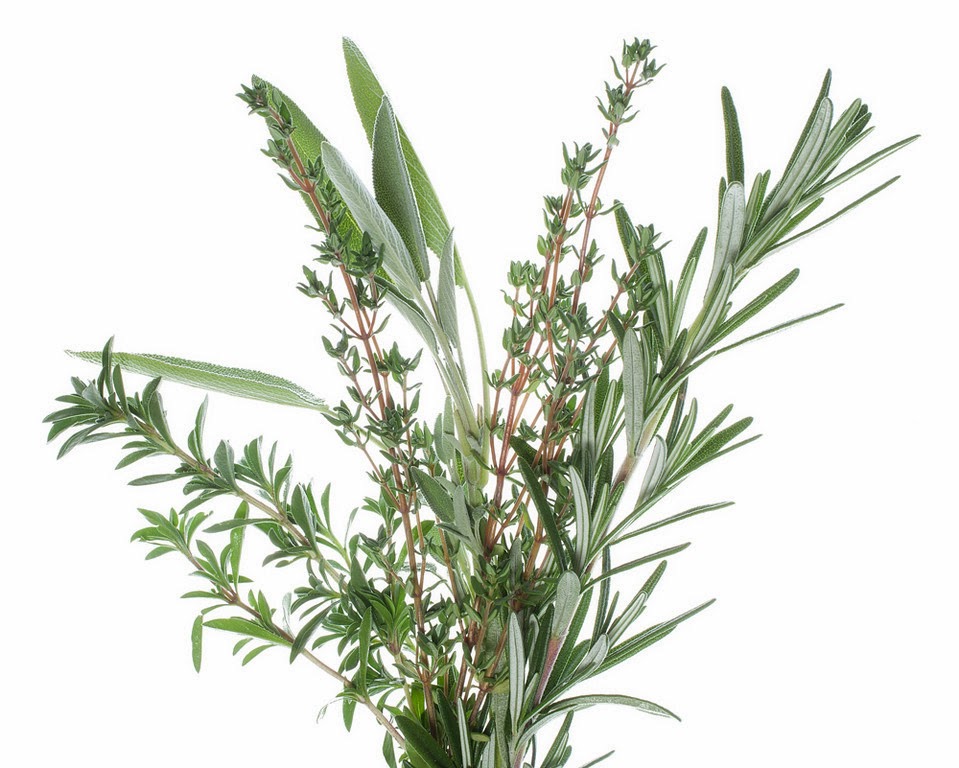- Rosemary
- Lavender
- Mints that are true to type (spearmint, peppermint, pineapple mint, etc)
- Tarragon
- Specialty Thymes (lemon, variegated, silver, etc)
- Specialty Oregano (golden, ‘Hot and Spicy’, variegated, etc)
- Specialty Sage (purple, tricolor, golden, etc)
Containers vs. in the Ground
Some plants love to be planted in the ground and others would prefer to be in pots. Generally speaking, the herbs that like it dry and warm will prefer to be in a clay pot that breathes like Italian terra cotta. Plants that like it wet and cool might prefer to be in the ground, but they can also be grown in pots if the right conditions are given (more watering, a glazed or plastic pot, heavier potting soil, a little shade).
Herbs that like to grow easily in the ground in Vermont:
Cilantro, Dill, Parsley, Rosemary, Savory, and Chervil
Herbs that prefer to be in containers in Vermont: EVERYTHING ELSE!
This does not mean that you cannot grow herbs in the ground, it just means that in containers, it can be a little easier.
Some herbs do really well as tiny shoots for micro-greens: chervil, dill, cilantro, basil, fennel are our favorites. And they are easy to grow indoors year round – just pat down some moist potting soil in a shallow container (only need 2” or so of soil) with holes in the bottom, press in the seeds, cover very lightly with a thin layer of soil, and keep moist. When the first set of true leaves begin to emerge, they are ready to eat. You can also grow pea shoots and sunflower sprouts this way. A south facing, sunny window is sufficient.
You can bring in potted herbs in the fall and keep them in a sunny window for use during the winter. The herbs that do best with this treatment: sage, parsley, rosemary, thyme, and savory. Basil can be brought in as well, but it won’t be terribly happy unless you have grow lights for it. If you had some of these herbs planted in the ground, you can dig them up and slowly acclimate them to being in a pot and being indoors.
Herbs can be dried or frozen or infused in vinegar or simple syrup for year round use. Pesto or herb pastes made with oil or water can be frozen in small containers. Drying is very simple or very elaborate – you choose! A dehydrator can be used, and the leaves can be stripped off of the stems once dried and stored in jars in a dark place. Or you can go the simple route and just harvest whole branches of the woody herbs such as thyme, oregano, rosemary, sage, and winter savory. Place the branches in woven baskets and keep in a dark, well-ventilated space. They will dry just fine on their own, and you can keep them covered with paper bags or kitchen linens and use as needed.
Related Upcoming Events
Cooking with Herbs with Molly Stevens and Julie Rubaud – a class and dinner.
South End Kitchen, Burlington, Vermont
March 19th., 6pm
Red Wagon Plants pre-season Open House
April 4th 10 am to 3 pm. Tour the greenhouses and see behind the scenes.
Herbal Cocktail Party with Caledonia Spirits
April 17th, Red Wagon Plants 6 pm to 9 pm
Help us kick off our season with a bang!











